Detailed Summary: A Tale of Valour: Major Somnath Sharma and the Battle of Badgam | Chapter Notes For Class 8 PDF Download
| Table of contents |

|
| Key Points of the Story |

|
| Detailed Summary |

|
| Timeline of Major Somnath Sharma and the Battle of Badgam (1947) |

|
| Theme |

|
| Message |

|
| Difficult Words |

|
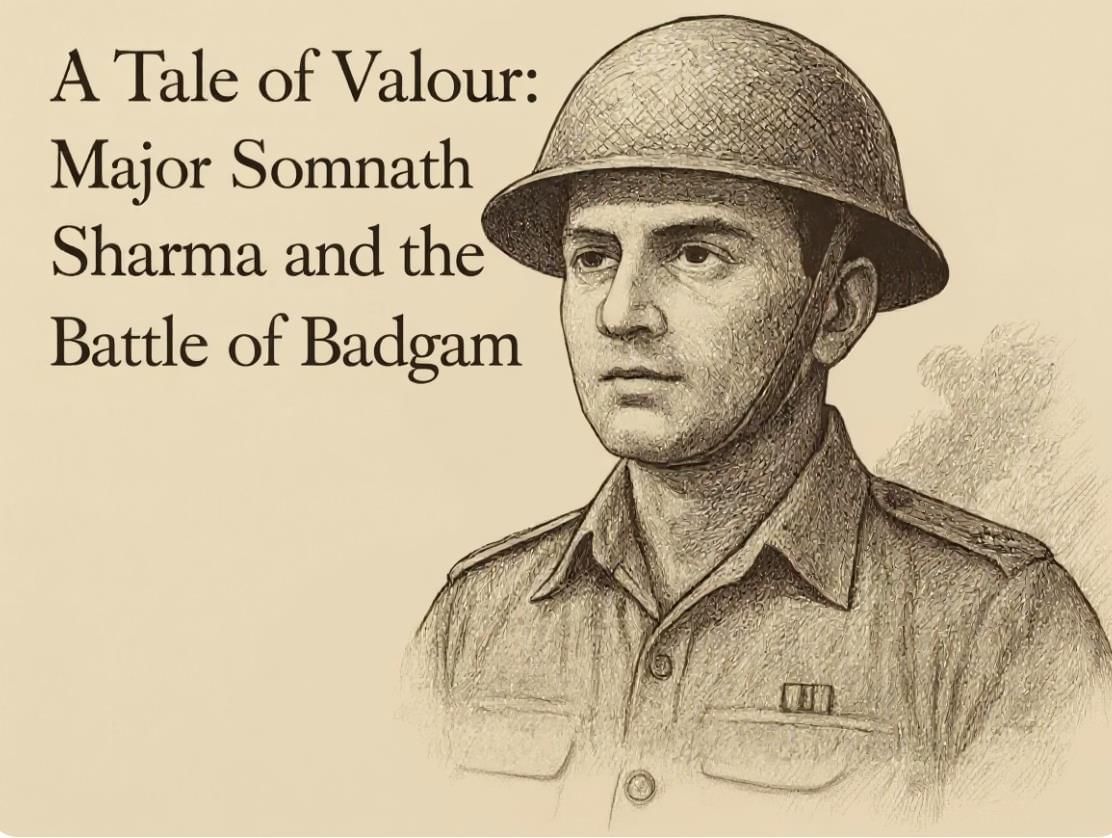
Key Points of the Story
- Major Somnath Sharma was a brave soldier and the first recipient of the Param Vir Chakra (PVC), India’s highest military honor.
- He is remembered for his heroism during the Battle of Badgam in the Kashmir Valley on November 3, 1947, while defending the Srinagar airport.
- In August 1947, Pakistan launched Operation Gulmarg to annex Kashmir, violating an agreement with the local Maharaja.
- The Pakistani Army trained around 1,000 tribal guerrilla fighters to invade Kashmir and capture strategic areas, including the Srinagar airport.
- On October 27, 1947, Indian troops were airlifted into Srinagar to protect the territory. D Company of the 4th Battalion, Kumaon Regiment, led by Major Somnath Sharma, arrived on October 31, 1947.
- Despite an injury (left hand in plaster) and having only 90 men, Major Somnath led his soldiers against about 500 enemy fighters.
- He requested air strikes and bravely guided aircraft by laying out ground panels while motivating his men under heavy fire.
- He famously stated: “The enemy is only 50 yards from us. We are heavily outnumbered. I shall not withdraw an inch but will fight to the last man and the last round.”
- Major Somnath Sharma was killed instantly by a mortar shell, but his courage inspired his men to hold their position for over six hours, delaying the enemy until reinforcements from the Punjab Regiment arrived.
- More than 300 enemy fighters were killed or injured, including their leader, and Srinagar and the valley were saved for India.
- For this extraordinary bravery, the 4 Kumaon Regiment was awarded the Battle Honour “Srinagar”, and Major Somnath received the PVC posthumously.
- His story emphasizes duty, courage, patriotism, and selflessness, leaving a lasting legacy for soldiers and citizens alike.
Detailed Summary
In 1947, just after India gained independence, a serious threat came from Pakistan. A secret plan called Operation Gulmarg was launched to take over Kashmir. Starting on 22 October 1947, Pakistani soldiers trained nearly a thousand invaders and sent them to secretly enter Kashmir, hoping to capture important places like the Srinagar airport.
On 26 October 1947, Kashmir joined India, and the very next day (27 October 1947), Indian troops were airlifted into Srinagar, since the road from Pathankot was damaged.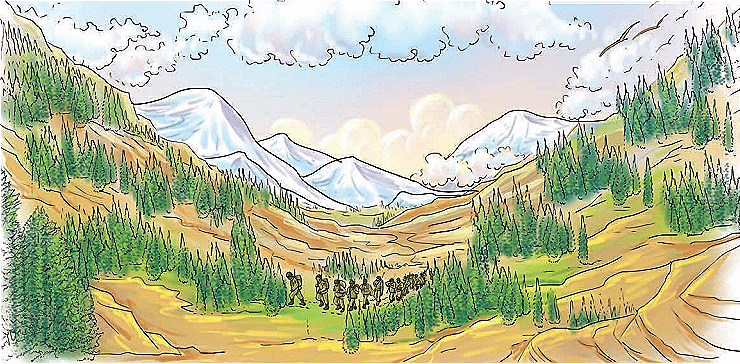
On 31 October 1947, D Company of the 4th Kumaon Regiment, led by Major Somnath Sharma, also landed in Srinagar. At that time, Major Somnath’s left arm was in plaster, but he insisted on joining his men. He said, “I know my men better than anyone else, and if they are going into action, they are not going in without me.” These words showed his deep love, commitment, and duty towards his soldiers.'
The village of Badgam, less than 5 km from the Srinagar airport, was at a higher altitude and controlled the approach to the airfield. Reports of enemy movement had come in, so Indian forces were sent to patrol. On 3 November 1947, Major Somnath’s company of 90 soldiers was the last to remain in the village after other troops were ordered to return. Suddenly, about 500 infiltrators, trained and backed by the Pakistani Army, attacked them.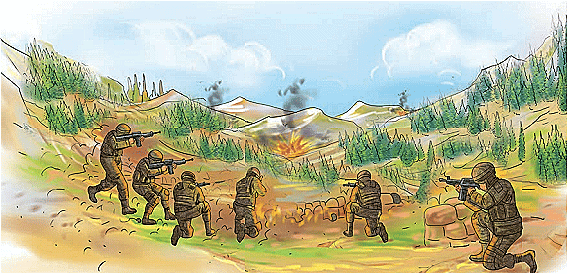
At first, the attack looked small, but Major Somnath quickly realised it was just a trick. Soon, a massive assault came from another direction. Calm under fire, he immediately requested air strikes and personally laid out ground panels to guide Indian aircraft to their targets.
As the battle grew intense, Major Somnath moved fearlessly through the hail of gunfire. He filled magazines, directed fire, and kept motivating his men to stand firm. Even though he was injured, he refused to retreat. When his unit began running out of ammunition, his seniors asked him to pull back. But his final message was firm:
“The enemy is only 50 yards from us… We are heavily outnumbered. I shall not withdraw an inch but will fight to the last man and the last round.”
A few minutes later, while crouching in a trench beside a machine gunner, a mortar shell struck and killed him instantly. He was only 24 years old.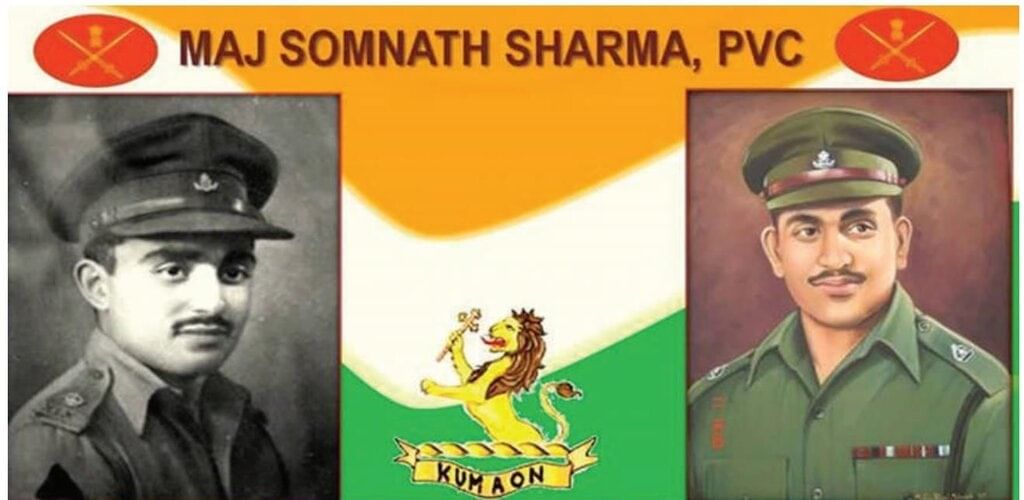
His soldiers were heartbroken, but inspired by his courage, they held their ground for over six more hours against overwhelming odds. Their sacrifice delayed the enemy long enough for reinforcements — including the Punjab Regiment — to arrive by air. More than 300 enemy fighters were killed or injured, including their leader, and their morale was broken. The Srinagar airport and the valley were saved for India.
For this act of extraordinary bravery, the 4 Kumaon Regiment was awarded the Battle Honour “Srinagar”, and Major Somnath Sharma became the first recipient of the Param Vir Chakra (PVC), awarded posthumously. His citation praised his heroism, patriotism, and supreme sacrifice.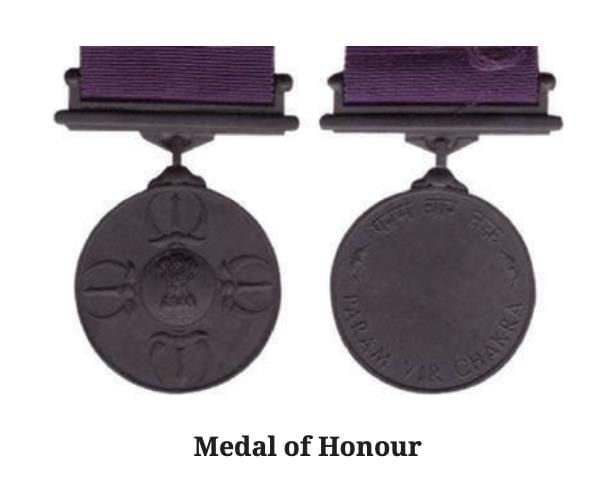
Major Somnath Sharma was born on 31 January 1923 in Dadh, Kangra (Himachal Pradesh), into a family with a strong military tradition. His father, Major General Amar Nath Sharma, served India with distinction. His grandfather often told him heroic stories from the Mahabharata, which inspired young Somnath’s sense of duty.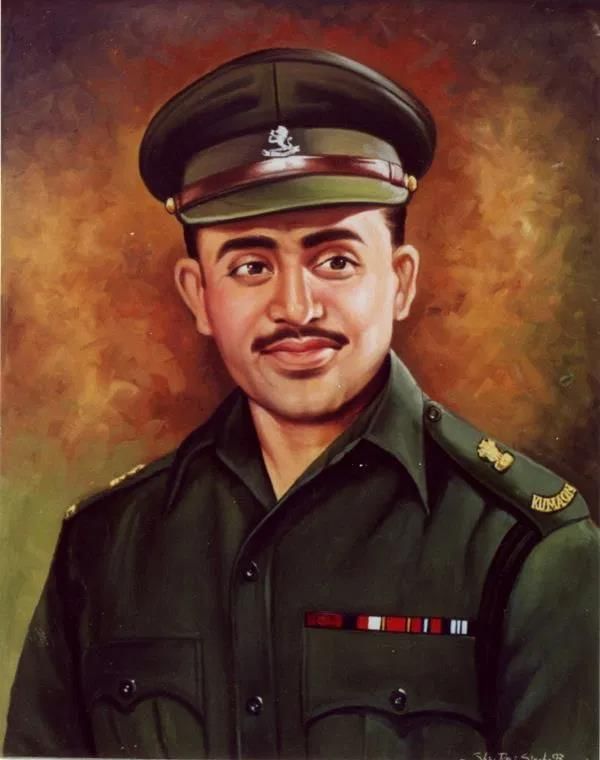 Major General Amar Nath Sharma
Major General Amar Nath Sharma
He studied at Sherwood College, Nainital, trained at the Royal Military College, Sandhurst, and was commissioned into the 19th Hyderabad Regiment in 1942. During the Second World War, he fought bravely in the Arakan Campaign in Burma, earning mentions in despatches for gallantry.
Major Somnath Sharma’s life was a testament to courage, duty, and sacrifice. His name is etched on the Honour Wall of the National War Memorial, and his story remains a beacon of inspiration for soldiers and citizens alike. His sacrifice reminds us of the price of freedom and the enduring spirit of those who protect the nation.
Timeline of Major Somnath Sharma and the Battle of Badgam (1947)
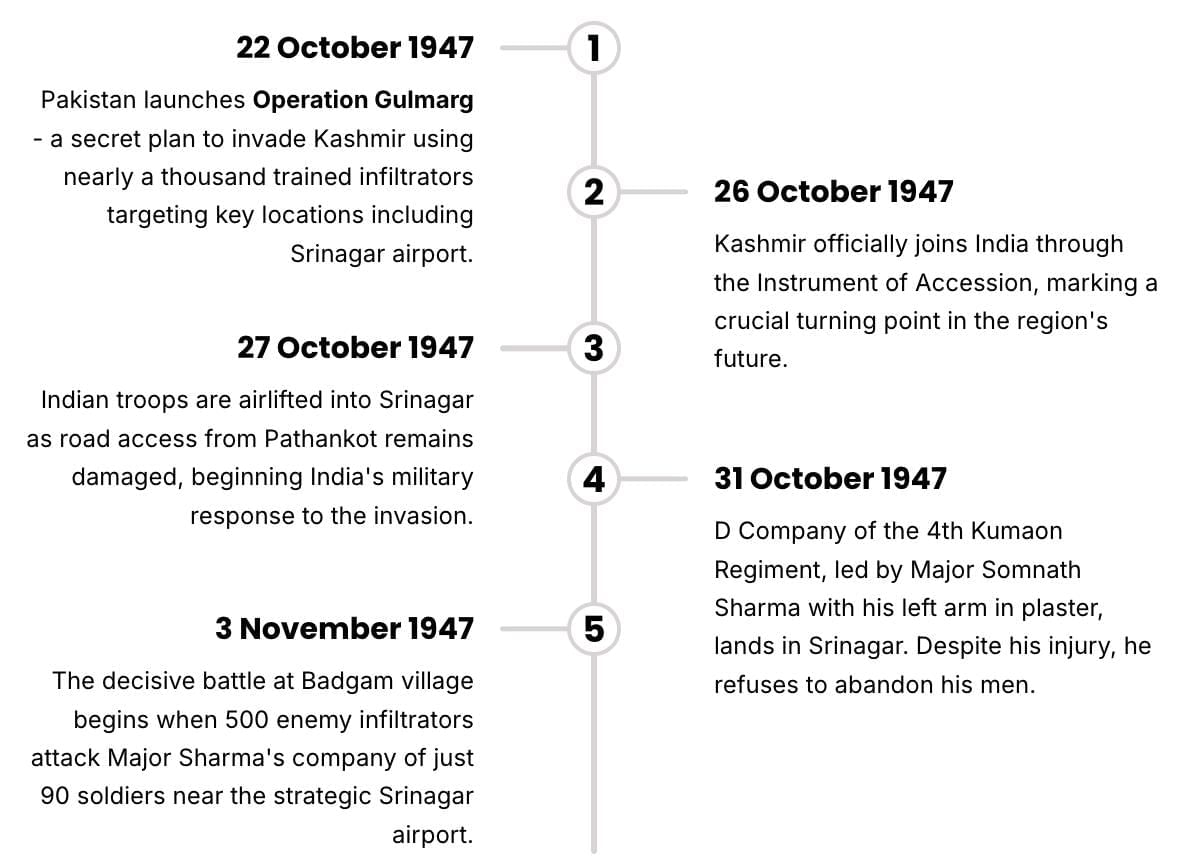
Theme
- The central theme of the story is bravery, sacrifice, and patriotism.
- It highlights the courage required to face overwhelming odds, the selflessness involved in serving one’s country, and the steadfast commitment to duty even in the face of death.
Message
- True heroism is demonstrated by standing firm for what is right, protecting others, and fulfilling one’s duty regardless of personal risk.
- Selflessness and dedication to one’s country and comrades can have a lasting impact, inspiring future generations.
- The story emphasizes that courage, loyalty, and sacrifice are the foundations of national integrity and freedom.
- Even in dire circumstances, leadership and resolve can change the course of events and safeguard lives and values.
Difficult Words
- Valiant: Brave and courageous.
- Beacons: Signals of light guiding people; in this case, inspiration.
- Guerrilla: A member of a small group that fights against a larger force, often in surprise attacks.
- Infiltrators: People who enter a place secretly to gather information or take control.
- Contingent: A group of people representing a larger organisation.
- Aerial: Related to the air, often referring to aircraft or flying.
- Reinforcements: Additional support or help, usually in a military context.
- Courage: The ability to face fear or pain bravely.
- Devastating: Causing severe damage or destruction.
- Posthumously: Awarded or recognised after someone has died.
- Legacy: Something handed down from one generation to another; in this case, Major Somnath’s impact on future generations.
- Integrity: The quality of being honest and having strong moral principles.
- Patriotism: Love for one’s country and willingness to defend it.
- Strategic: Carefully planned to achieve a specific goal.
- Honour: Great respect or esteem; in this case, awarded for bravery in military service.
FAQs on Detailed Summary: A Tale of Valour: Major Somnath Sharma and the Battle of Badgam - Chapter Notes For Class 8
| 1. Who was Major Somnath Sharma and what role did he play in the Battle of Badgam? |  |
| 2. What were the key events that took place during the Battle of Badgam? |  |
| 3. What is the significance of the Param Vir Chakra in the context of Major Somnath Sharma's legacy? |  |
| 4. How does the story of Major Somnath Sharma reflect the theme of valor and sacrifice? |  |
| 5. What lessons can be drawn from Major Somnath Sharma's experience in the Battle of Badgam? |  |





















